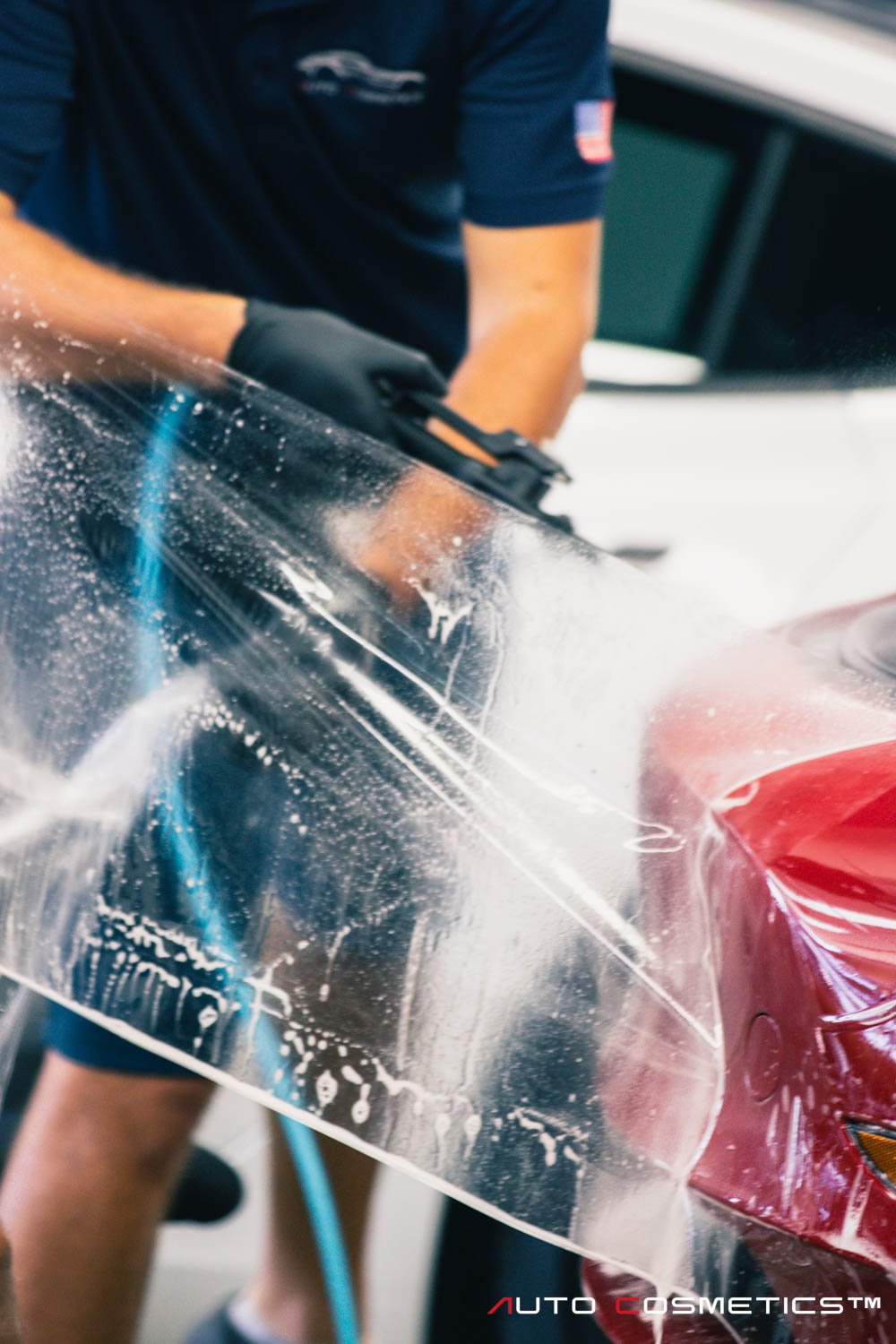Exploring The Military Origins of Paint Protection Film (PPF) And The Automotive Sector’s Adoption

“Originally developed by the U.S. military for use on helicopters, PPF has become a popular choice for consumers looking to protect their vehicle’s paint job and keep it looking new”
Paint protection film (PPF) is a specialized protective film used to protect the paint finish of automobiles, boats, and other vehicles from the elements, dirt, and debris. Originally developed by the U.S. military for use on helicopters, PPF has become a popular choice for consumers looking to protect their vehicle's paint job and keep it looking new. The military origins of paint protection film have helped shape the product into what it is today.
The U.S. military developed PPF to protect sensitive surfaces, like helicopters, from the elements and potential damage caused by debris and other environmental factors. The military-grade PPF used on helicopters is a heavy-duty polyurethane film that is extremely durable and abrasion-resistant. It is also UV-resistant, which helps protect the paint finish from fading.
The military-grade PPF used on helicopters has been modified and adapted for consumer use. This has resulted in a thinner, more pliable film that is easier to install and remove without damaging the vehicle's paint job. The modified film is still highly effective at protecting the paint job from dirt, debris, and elements, but it is much less intrusive and visually appealing than the military-grade version.
Overall, the military origins of paint protection film have had a significant impact on the product. The military-grade PPF used on helicopters has shaped the product into what it is today, resulting in a thinner, more aesthetically pleasing film that is easier to install and remove without damaging the vehicle's paint job.
Adoption of PPF By The Automotive Industry
In recent years, the automotive sector has been quick to embrace PPF. This type of film is a specialized, transparent urethane film applied to the exterior of a vehicle to protect the paint and underlying bodywork from damage caused by road debris, UV rays, oxidation, and other environmental factors. The benefits of utilizing PPF are numerous, including a reduction in the cost of maintaining a vehicle's paint job, increased resale value, and a longer lifespan for the car.
One of the primary reasons that the automotive sector has adopted PPF is the cost savings associated with its use. By using a protective film, the cost of replacing or repairing damaged paint can be reduced significantly. Additionally, using PPF can help preserve a vehicle's resale value, as the paint job will remain in better condition for longer. This can be especially beneficial for those looking to sell their car in the future. In addition to the cost savings, using PPF also helps reduce the amount of time and effort required to maintain a vehicle's paint job. With regular washing and waxing, the PPF will help to keep the paint job looking new.
The automotive sector has also seen the adoption of paint protection film to differentiate their vehicles from the competition. The film is available in various colors and finishes, allowing car manufacturers to create unique and eye-catching designs. This can be a great way to attract new customers and stand out in a crowded market.
Overall, the automotive sector's adoption of paint protection film has been a positive trend. The film provides a layer of protection that helps to maintain the original appearance of the vehicle and can help to increase its resale value. Additionally, the film can be used to create unique and eye-catching designs. As a result, the automotive sector has seen many benefits from adopting paint protection film.


